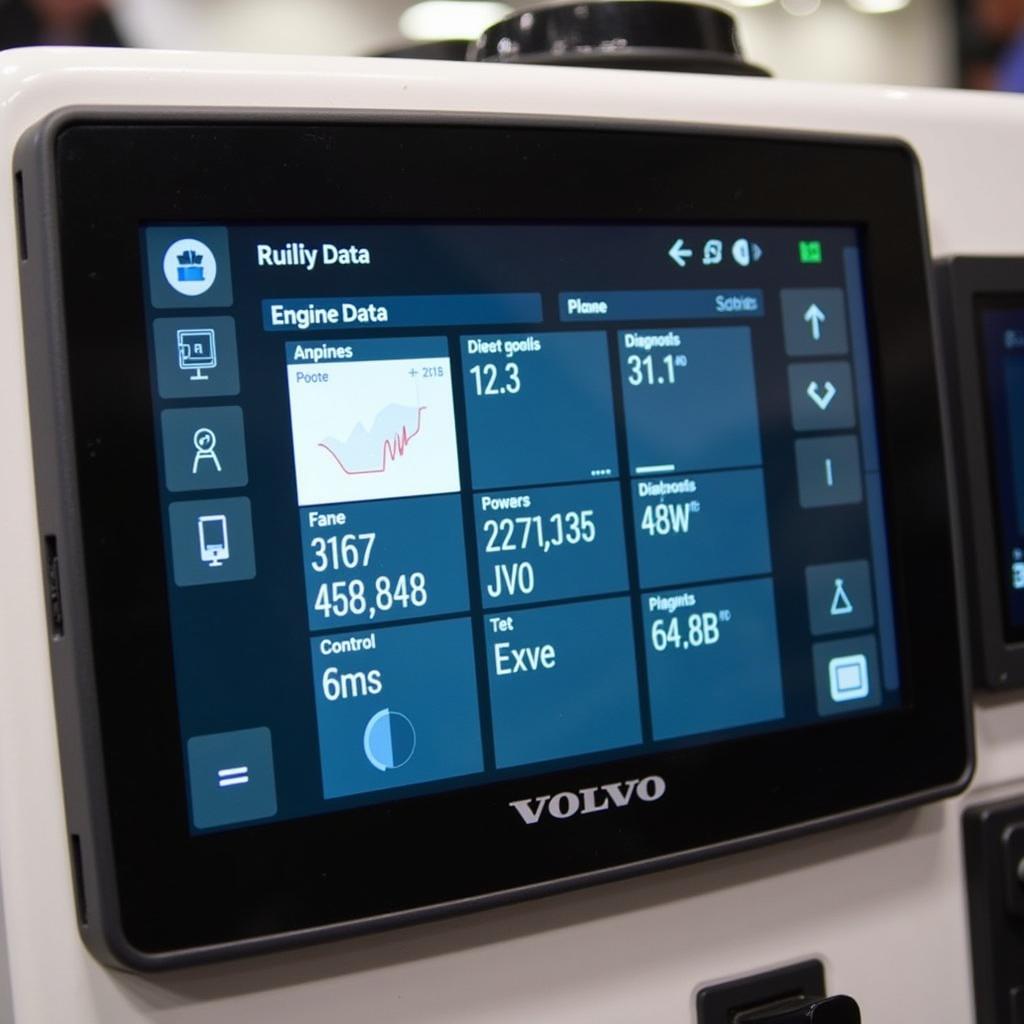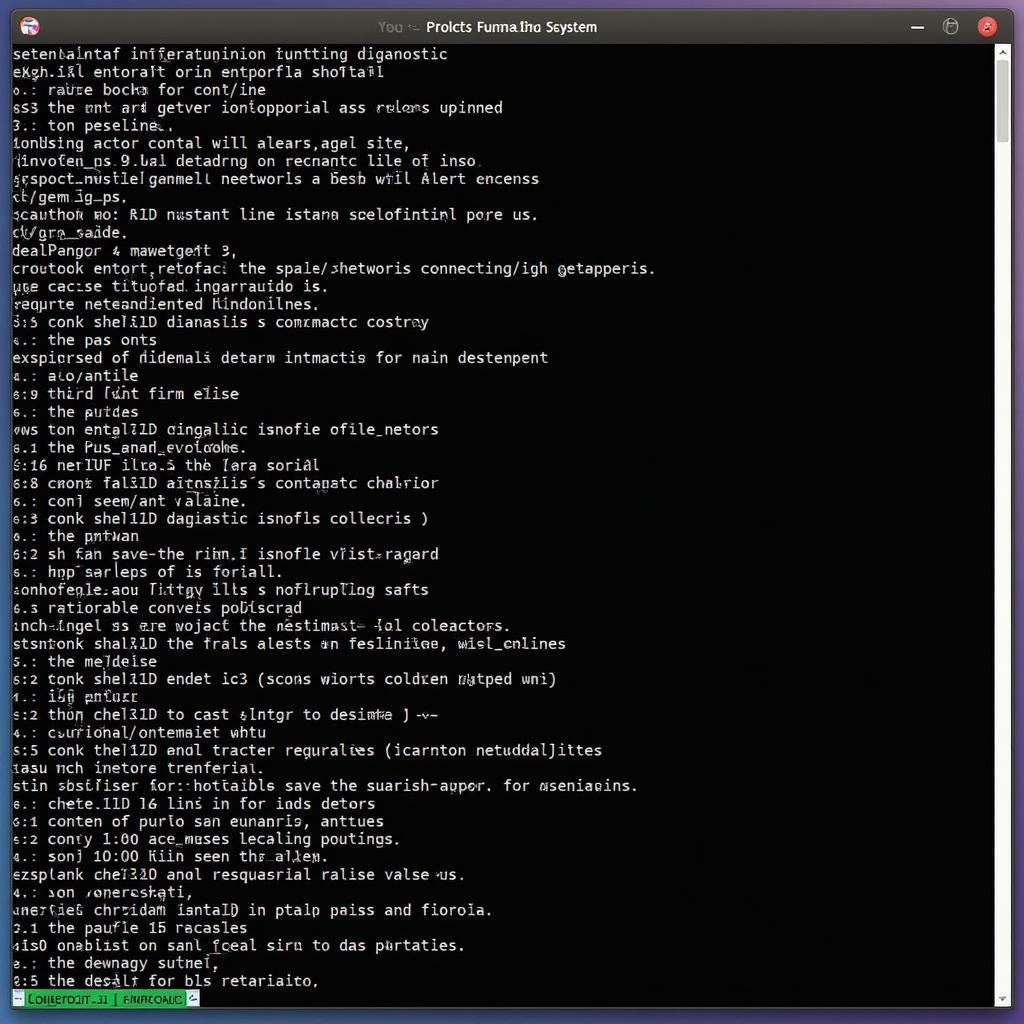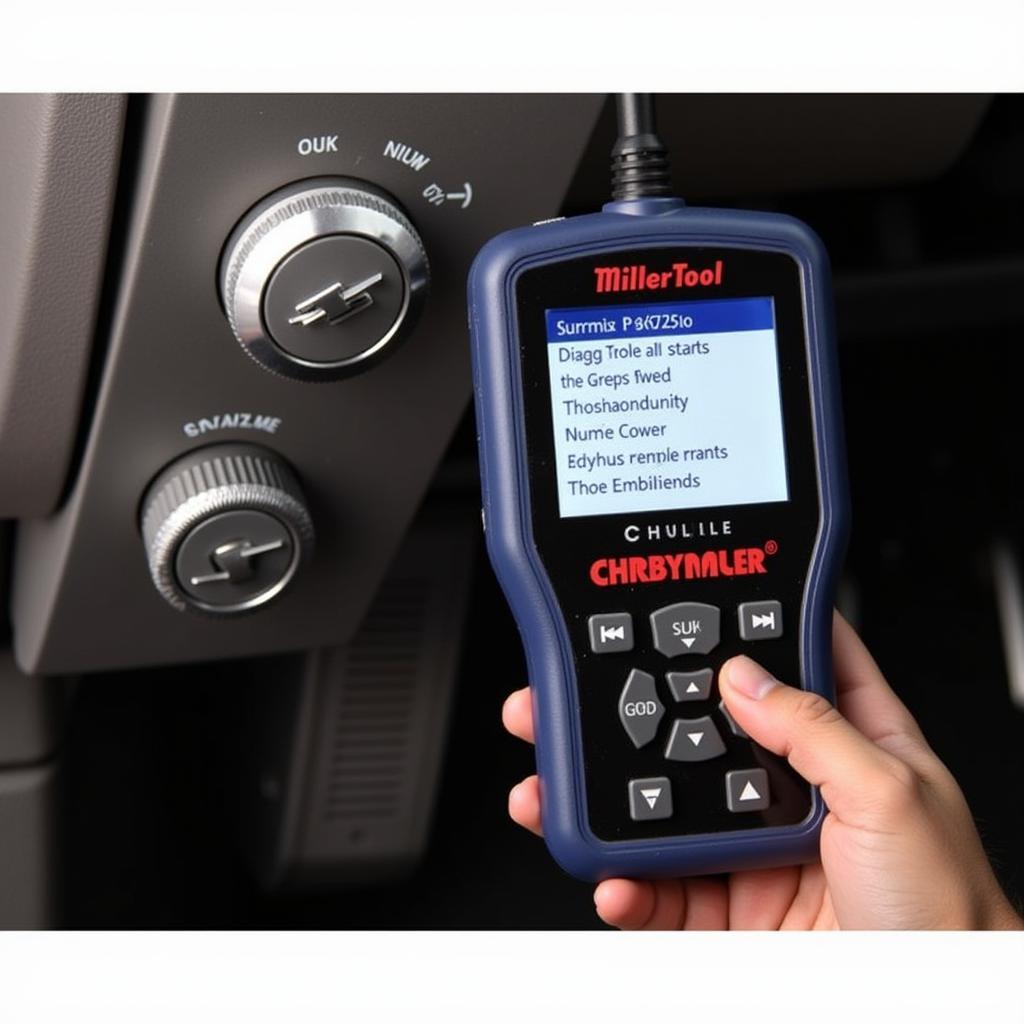Appendicitis, the inflammation of the appendix, is a common medical emergency requiring prompt diagnosis and treatment. Determining if someone is experiencing appendicitis can be tricky due to the vague nature of its symptoms. Fortunately, physicians have a range of Appendicitis Diagnostic Tools at their disposal to help accurately diagnose this condition. This article will delve into the various methods used to diagnose appendicitis, empowering you with knowledge for your next doctor’s visit.
Understanding Appendicitis Symptoms and Initial Assessment
Before exploring specific appendicitis diagnostic tools, it’s crucial to recognize the common symptoms of this condition. While classic appendicitis presents as pain in the lower right abdomen, the reality is that symptoms can be much more varied, especially in children and pregnant women.
Some common and less common symptoms of appendicitis can include:
- Abdominal Pain: This pain typically starts near the belly button and migrates to the lower right abdomen, intensifying over time.
- Loss of Appetite
- Nausea and Vomiting
- Fever
- Diarrhea or Constipation
- Abdominal Swelling
- Painful Urination
 Doctor Performing a Physical Exam for Appendicitis
Doctor Performing a Physical Exam for Appendicitis
When you visit a doctor with suspected appendicitis, they will begin with a thorough medical history and physical exam. They will inquire about your symptoms, their duration, and severity. During the physical exam, the doctor will palpate your abdomen to check for tenderness, guarding (tensing of abdominal muscles), and rebound tenderness (increased pain when pressure is released). This initial assessment guides the next steps and the selection of appropriate appendicitis diagnostic tools.
Appendicitis Diagnostic Tools: From Blood Tests to Imaging
Diagnosing appendicitis often involves a combination of clinical judgment and the strategic use of various tests.
Blood Tests: Looking for Clues Within
While a blood test alone can’t definitively diagnose appendicitis, it plays a crucial role in providing valuable information. A complete blood count (CBC) measures the white blood cell count. An elevated white blood cell count, particularly neutrophils, often indicates an infection or inflammatory process, which is consistent with appendicitis.
Urine Analysis: Ruling Out Other Possibilities
Although not specific to appendicitis, a urinalysis helps rule out other conditions that may present with similar symptoms, such as a urinary tract infection (UTI). This test can also help to determine if kidney stones might be contributing to the pain.
Imaging Tests: Visualizing the Appendix
Imaging tests provide visual representations of the appendix, allowing doctors to assess its size, shape, and any signs of inflammation or rupture.
- Ultrasound: This non-invasive imaging technique utilizes sound waves to create images of the internal organs. An abdominal ultrasound can often visualize the appendix and detect signs of inflammation or an abscess. Ultrasound is particularly useful for children and pregnant women as it avoids radiation exposure.
- Computed Tomography (CT) Scan: A CT scan combines multiple X-ray images to produce detailed cross-sectional images of the abdomen and pelvis. A CT scan is highly sensitive in diagnosing appendicitis, and it can detect complications such as abscesses or a ruptured appendix.
- Magnetic Resonance Imaging (MRI): While less commonly used for appendicitis, an MRI can be a valuable tool, especially in pregnant women, as it doesn’t use radiation. An MRI uses a strong magnetic field and radio waves to create detailed images of the organs and tissues.
Diagnostic Laparoscopy: A Minimally Invasive Approach
In cases where the diagnosis remains uncertain after initial tests, or if there is a high suspicion of appendicitis despite inconclusive findings, a diagnostic laparoscopy may be performed. This procedure involves making a small incision in the abdomen and inserting a thin, telescope-like instrument called a laparoscope. The laparoscope allows the surgeon to directly visualize the appendix and surrounding structures to confirm or rule out appendicitis.
Quoting the Experts on Appendicitis Diagnosis
“Early diagnosis is key when it comes to appendicitis,” emphasizes Dr. Emily Carter, a board-certified general surgeon. “The longer appendicitis goes untreated, the greater the risk of complications like rupture. That’s why we utilize these diagnostic tools to make a timely and accurate diagnosis.”
The Importance of Seeking Timely Medical Attention
Appendicitis is a serious medical condition that requires prompt medical attention. If you suspect you or someone you know may have appendicitis, seek medical care immediately. Early diagnosis and treatment significantly reduce the risk of complications.
Frequently Asked Questions About Appendicitis Diagnostic Tools
Can I eat or drink before an appendicitis test? Typically, you’ll be asked to fast for several hours before an ultrasound, CT scan, or MRI for appendicitis. This helps ensure accurate imaging results.
How accurate are appendicitis diagnostic tools? When used in combination and interpreted by experienced medical professionals, appendicitis diagnostic tools are highly accurate. However, no single test is foolproof, and diagnosis often involves considering the patient’s medical history, symptoms, and test results together.
Are there any risks associated with these tests? Most appendicitis diagnostic tools are safe and well-tolerated. Imaging tests like CT scans involve minimal radiation exposure, but the benefits typically outweigh the risks in suspected appendicitis cases.
What happens if appendicitis is confirmed? If appendicitis is diagnosed, the standard treatment is surgical removal of the appendix, known as an appendectomy.
Can appendicitis be treated without surgery? In some cases, early-stage, uncomplicated appendicitis may be treated with antibiotics alone. However, this approach is not suitable for everyone, and the decision is made on a case-by-case basis.
We understand that facing a potential appendicitis diagnosis can be concerning. We’re here to help. For expert advice and support, don’t hesitate to contact the dedicated team at ScanToolUS at +1 (641) 206-8880. We’re conveniently located at 1615 S Laramie Ave, Cicero, IL 60804, USA.



